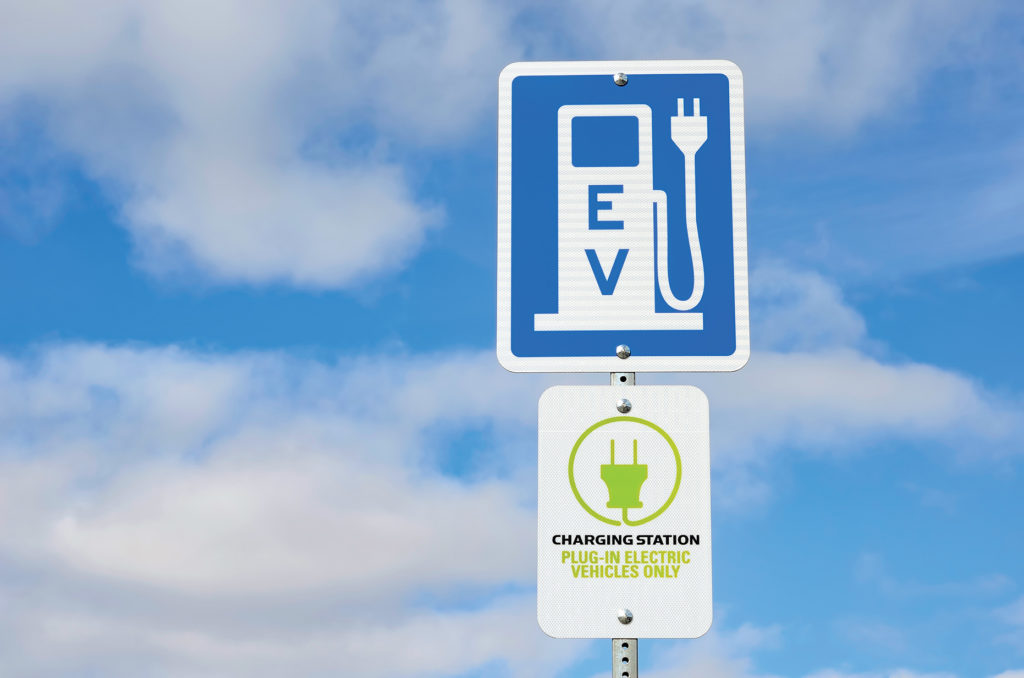Voltera CEO on charger bottlenecks: ‘We can’t blame the OEMs anymore’
Voltera is placing the finishing touches on what it refers to as a “truck stop of the future” at the Port of Long Beach, California, supporting more than 60 battery-electric straight trucks run by a single fleet. And it’s only one of the 19 charging and infrastructure projects the year-old company is developing in 26 U.S. markets.
But CEO Matt Horton knows there is a demand for more. Much more.
“We can’t blame the OEMs anymore,” he said during a presentation at Move America 2023. “The infrastructure is the big gating item for the electrification of transportation.”
While billions have been invested into charging infrastructure, most of the investments have focused on light-duty Level 2 chargers, and are in areas that don’t support fleets, he said.

“The amount of power that each of these vehicles requires is massive,” Horton added. “The amount of space you need to charge these heavy trucks is significant as well.” Depending on the use case, for example, trucks may need to remain coupled to their trailers during the charging.
Hardware requirements and regulatory hurdles
“One other big thing is there’s a real difference in the type of charging hardware you need. A lot of the vendors in the space cut their teeth on light-duty charging, and where the chargers are lightly used. They don’t have long, continuous high-power throughput. The needs of these big fleets is something completely different,” he said.
Regulatory hurdles are presenting challenges of another sort.
While governments have been supplying all-important incentives, localized permitting continues to impede rapid infrastructure rollouts, he said. (“We need municipalities to lean into it a little heavier.”) And utilities need to begin laying the groundwork for projects that can take years to complete, even though fleets have already placed orders for the trucks themselves.
“We are pushing utilities to do things they’ve never done before,” he said.
The good news is that venture capital is starting to flow toward such projects, as markets show an increasing willingness to build and own the valuable assets. Voltera itself acquires properties to establish the chargers, addresses the power needs, and builds the projects.
The plans were initially to develop stations that would be open to multiple users, but early customers seem to want to keep such infrastructure “behind the fence”.
Hydrogen stations
The business is not limiting itself to electrification, either. One of the projects underway is a hydrogen fueling station for Nikola Corporation.
“It does feel like the time is finally arriving for hydrogen as a transportation fuel – and I would limit that to heavy-duty use cases,” Horton said. “We don’t see the evidence on the light-duty side that hydrogen is going to be a compelling proposition relative to battery-electric.”
Factors such as the ranges of longhaul vehicles support that.
“The big challenge will be continuing to bring down the cost of the vehicles and the fuel itself. But given the investment that we’re seeing from the federal government here in the United States, the number of green hydrogen projects coming online, it does feel like we’re starting to see a very different dynamic emerging.”
Have your say
This is a moderated forum. Comments will no longer be published unless they are accompanied by a first and last name and a verifiable email address. (Today's Trucking will not publish or share the email address.) Profane language and content deemed to be libelous, racist, or threatening in nature will not be published under any circumstances.